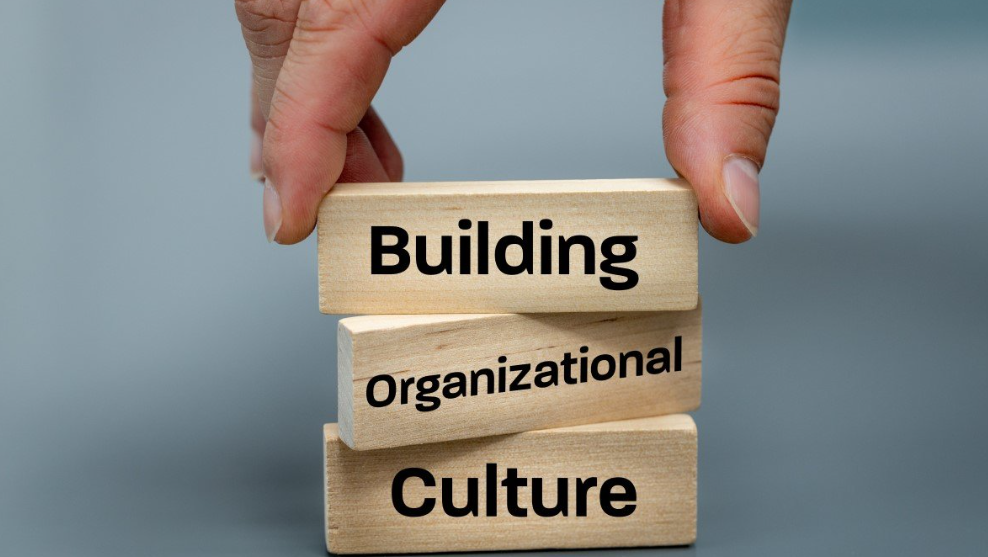Introduction:
In today’s dynamic business environment, effective performance management is crucial for organizations to achieve their objectives and stay competitive. At the heart of successful performance management lies accountability – the principle of taking ownership of one’s responsibilities and delivering results. In this blog post, we will delve into the significance of accountability in performance management, focusing on how setting clear goals and tracking progress can drive individual and organizational success.
The Importance of Accountability:
Accountability forms the cornerstone of performance management, as it fosters a culture of responsibility, ownership, and excellence within the organization. Here’s why accountability is essential:
Clarity and Focus: Setting clear goals and expectations ensures that employees understand what is expected of them, enabling them to align their efforts with organizational objectives and prioritize tasks effectively.
Motivation and Engagement: When individuals are held accountable for their performance, they are more likely to feel motivated to excel in their roles. Accountability encourages employees to take initiative, set ambitious goals, and invest effort in achieving them, leading to higher levels of engagement and job satisfaction.
Performance Improvement: By tracking progress against established goals, organizations can identify areas for improvement and provide targeted support and resources to help employees succeed. Accountability facilitates continuous learning and development, driving performance improvement over time.
Trust and Transparency: A culture of accountability promotes trust and transparency within the organization. When employees know that their contributions are recognized and evaluated fairly, they are more likely to trust their leaders and colleagues, fostering a positive work environment built on mutual respect.
Achievement of Business Goals: Ultimately, accountability drives results. When individuals take ownership of their performance and work collectively towards shared objectives, organizations are better positioned to achieve their business goals and maintain a competitive edge in the market.
Setting Goals:
Effective goal setting is essential for accountability in performance management. Here are some key principles to consider when setting goals:
Specific: Goals should be clear, specific, and unambiguous, leaving no room for interpretation or confusion.
Measurable: Goals should be quantifiable, allowing progress to be tracked and evaluated objectively.
Achievable: Goals should be realistic and attainable, taking into account the resources, skills, and constraints of the individual or team.
Relevant: Goals should be relevant to the broader objectives of the organization, ensuring that they contribute to overall success.
Time-bound: Goals should have a defined timeline or deadline, providing a sense of urgency and focus.
Tracking Progress:
Once goals are set, it’s essential to monitor progress regularly. Here are some strategies for tracking progress effectively:
Regular Check-ins: Schedule regular check-in meetings to review progress, discuss challenges, and provide feedback and support.
Performance Metrics: Define key performance indicators (KPIs) and metrics to measure progress and evaluate performance objectively.
Technology Tools: Leverage performance management software and tools to track progress, automate data collection, and generate reports.
Performance Reviews: Conduct formal performance reviews periodically to assess progress, celebrate achievements, and identify areas for improvement.
Course Correction: Be prepared to make adjustments to goals or strategies as needed based on changing circumstances or feedback received during the tracking process.
Conclusion:
Accountability in performance management is essential for driving individual and organizational success. By setting clear goals, tracking progress, and holding individuals accountable for their performance, organizations can foster a culture of excellence, engagement, and continuous improvement. By prioritizing accountability, organizations can achieve their objectives, maximize performance, and maintain a competitive edge in today’s dynamic business landscape.




















